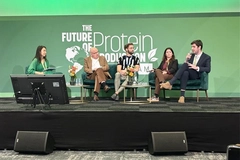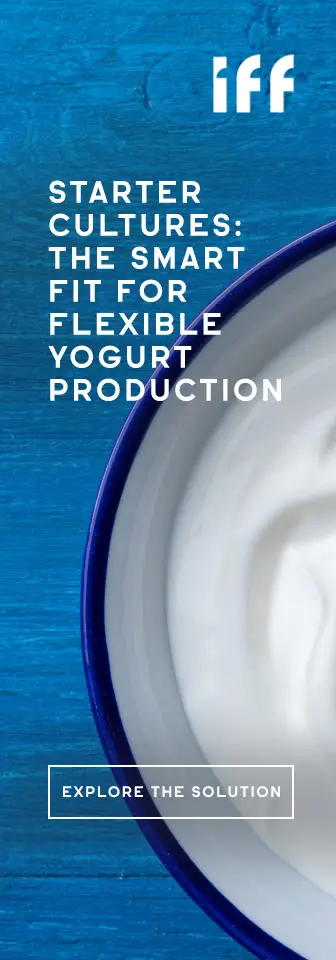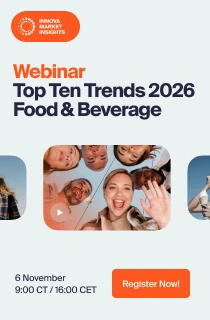Big 3 Soft Drink Companies Commit to Cut Calorie Consumption by 20% by 2025
24 Sep 2014 --- The largest soda makers in the United States have promised to cut the calories in soft drinks nationwide by 20 percent by 2025. The Alliance for a Healthier Generation, founded by the American Heart Association and Clinton Foundation, has worked with representatives from American Beverage Association, The Coca-Cola Company, Dr Pepper Snapple Group and PepsiCo announced the landmark agreement to decrease beverage calories in the American diet.
President Bill Clinton, founder of the Bill, Hillary & Chelsea Clinton Foundation, Susan Neely, President and CEO of the American Beverage Association, and Dr. Howell Wechsler, CEO of the Alliance for a Healthier Generation, announced the Clinton Global Initiative (CGI) Commitment at the 2014 CGI Annual Meeting in New York City. They were joined on stage by Wendy Clark, President, Sparkling Brands & Strategic Marketing, Coca-Cola North America, The Coca-Cola Company; Rodger L. Collins, President, Packaged Beverages, Dr Pepper Snapple Group; and Albert P. Carey, CEO, PepsiCo Americas Beverages, PepsiCo.
“I am excited about the potential of this voluntary commitment by the beverage industry. It can be a critical step in our ongoing fight against obesity,” said President Clinton. “Our work with beverage companies to reduce the number of calories shipped to schools by 90 percent demonstrates the power of creative cooperation. We look forward to continuing to work together to achieve the goals outlined in this commitment.”

America’s leading beverage companies have set a goal to reduce beverage calories consumed per person nationally by 20 percent by 2025. To help achieve this goal, the beverage companies will take a two-pronged approach:
National Initiative: The beverage companies will leverage their marketing, innovation and distribution strength to increase and sustain consumer interest in and access to beverage options to help consumers reduce calories consumed. Such beverage options include smaller portion sizes, water, and other no- or lower-calorie beverages. Through these efforts, water and other lower-calorie beverages are expected to grow significantly. The companies will engage in consumer education and outreach efforts to increase consumer awareness of and interest in the wide array of no- and lower-calorie beverages and smaller portion sizes available. Each beverage company will provide calorie counts, and promote calorie awareness on all beverage company-controlled point-of-sale equipment nationwide, including more than 3 million vending machines, self-serve fountain dispensers, and retail coolers in convenience stores, restaurants and other locations.
Community Initiative: Each beverage company commits to focus efforts in communities where there has been less interest in and/or access to options that help consumers reduce their calories with a goal of achieving a 20 percent per person reduction of calories consumed from beverages in those communities within ten years. Beverage companies will promote consumption of their bottled water products. Each beverage company may undertake additional activities including: introducing and expanding new lower-calorie products and smaller-portion packages; product placement such as end aisle and checkout displays featuring only reduced-calorie beverages; merchandising efforts such as repositioning reduced-calorie beverages on shelves; providing coupons and other incentives promoting no/lower-calorie options; and taste tests/sampling programs in and out of store.
“This is the single-largest voluntary effort by an industry to help fight obesity and leverages our companies’ greatest strengths in marketing, innovation and distribution,” said Susan K. Neely, President and CEO of the American Beverage Association. “This initiative will help transform the beverage landscape in America. It takes our efforts to provide consumers with more choices, smaller portions and fewer calories to an ambitious new level. We’re proud to continue our successful partnership with the Alliance for a Healthier Generation and President Clinton and further our commitment to bring meaningful solutions to families and communities nationwide.”
The beverage companies will retain an independent, third-party evaluator, in conjunction with the Alliance for a Healthier Generation, to track progress and interim benchmarks toward their commitments. The beverage industry and the Alliance will work jointly to define the reporting schedule for all aspects of this agreement.
Working with industry has been a critical strategy for the Alliance for a Healthier Generation, a national nonprofit working to reduce the prevalence of childhood obesity. The Alliance works with more than 120 companies to improve their individual and industry-wide business practices to more positively impact the nation’s youth.
In May 2006, the Alliance for a Healthier Generation worked with representatives of The Coca-Cola Company, Dr Pepper Snapple Group, PepsiCo and the American Beverage Association to establish the Alliance School Beverage Guidelines that limit portion sizes and reduce the number of beverage calories available to students during the school day. As a result of the guidelines, the industry committed to changing the beverage mix in schools across America by removing full-calorie soft drinks and providing for lower-calorie, nutritious beverage options in age-appropriate portions. An independent analysis of the Alliance School Beverage Guidelines published in the American Journal of Public Health in 2012 showed there had been a 90 percent reduction in calories from beverages shipped to schools between the 2004-2010 school years.
“Calories from beverages such as regular sodas and fruit drinks make up 6 percent of Americans’ daily caloric intake,” said Dr. Howell Wechsler, CEO of the Alliance for a Healthier Generation. “Reducing the number of calories consumed from beverages in the United States is imperative to helping curb obesity. We commend the beverage industry for making this strong commitment to reducing the number of beverage calories consumed per person by 20 percent.”
Executive Director of the lobby group CSPI Michael F. Jacobson said: “Americans are turning away from carbonated soft drinks in droves. Full-calorie soda is now prohibited in schools and increasingly restricted on public property. Addressing soda-related diseases, such as diabetes, heart disease, and obesity, by further reducing soda consumption is a top goal of health officials across the country. As a result, sales of non-diet soda have fallen by about 15 percent since 1998 and are expected to continue on that steep, downward glide path.”
“So it comes as welcome news that the biggest three companies have agreed to reduce calories from their beverages by 20 percent over the next 10 years; non-diet soda is in a free-fall anyway. We applaud President Clinton for his efforts. But we need much bigger and faster reductions to adequately protect the public's health.”
“The industry could accelerate progress by dropping its opposition to taxes and warning labels on sugar drinks. Those taxes could further reduce calories in America's beverage mix even more quickly, and would raise needed revenue for the prevention and treatment of soda-related diseases.”
“It's puzzling why the soda companies are committing only to provide calorie labeling on a third of vending machines. It's not entirely up to them; regulations required by the Affordable Care Act will soon require calorie labeling on the vast majority of vending machines nationwide.”
















